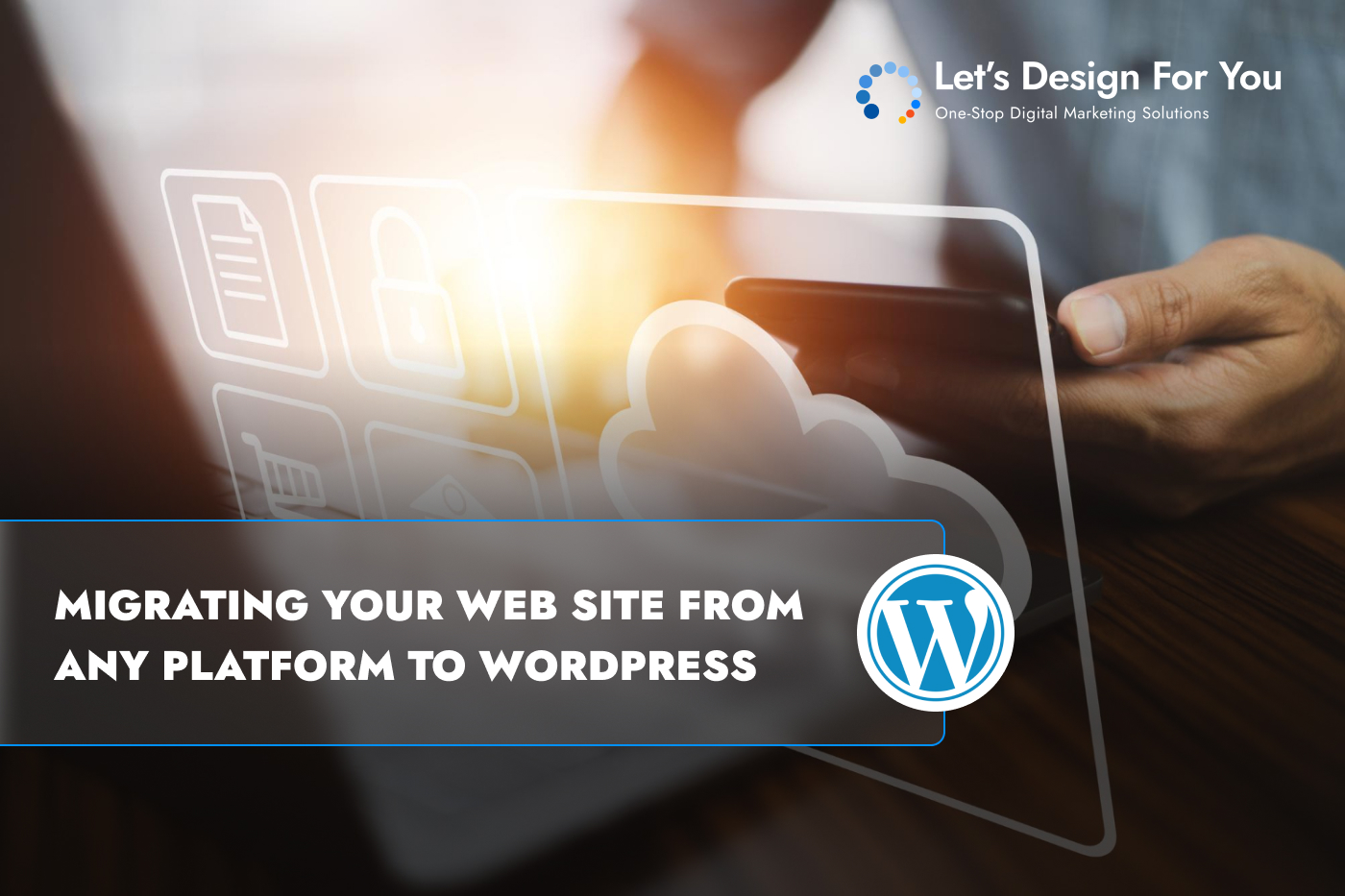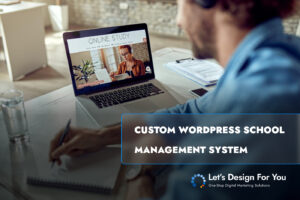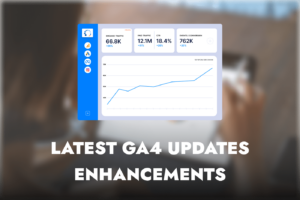Migrating Your Website from Any Platform to WordPress: Complete Guide
Migrating your website from one platform to another can feel like a massive undertaking, especially when your site has years of content, data, and SEO performance tied to it. However, Migrate Your Website to WordPress—the world’s most popular content management system (CMS)—can offer flexibility, control, and long-term growth opportunities that other platforms can’t match.
In this comprehensive guide, we’ll walk you through:
-
Why businesses choose to migrate to WordPress
-
The benefits of moving your site to WordPress
-
Common challenges to expect and how to avoid them
-
Best practices for “Migrate Your Website to WordPress”
-
How our expert team at Let’s Design For You can support your migration project
Why Choose WordPress?
With over 43% of all websites on the internet powered by WordPress, there’s a clear reason why this CMS dominates the web development landscape. WordPress offers:
-
Open-source flexibility
-
Customizability through themes and plugins
-
SEO-friendliness
-
Scalability for all business sizes
-
Control over hosting, speed, and performance
Unlike proprietary website builders such as Wix, Squarespace, or Shopify, WordPress puts the control back in your hands—allowing you to tailor your website exactly the way you want.
Benefits of Migrating Your Website to WordPress
1. Full Ownership & Control
When you Migrate Your Website to WordPress, you’re no longer tied to the limitations of your previous CMS or builder. WordPress is self-hosted, meaning you can:
-
Choose your own hosting provider
-
Own your website data
-
Configure the backend and codebase as needed
This makes it an ideal platform for scaling and adapting to future business needs.
2. Unlimited Customization
Whether you’re running a small business site, eCommerce store, or a large enterprise solution, WordPress allows endless customizations through:
-
Thousands of themes (free & premium)
-
60,000+ plugins
-
Custom code and developer freedom
From design to functionality, WordPress is as flexible as you need it to be.
3. Enhanced SEO Capabilities
WordPress was built with SEO in mind. Features like clean code, fast load times, mobile responsiveness, and SEO plugins like Yoast or Rank Math make it easier to rank higher in search engines.
Additionally, you can control:
-
Meta tags and schema
-
XML sitemaps
-
Redirects and canonical tags
-
Page speed optimizations
This gives you a huge edge over platforms with limited SEO features.
4. Content Management Made Easy
WordPress was originally designed for blogging, so its content management tools are second to none. Whether you’re importing hundreds of blog posts or building new landing pages, the intuitive editor and media management tools save time and headaches so you should Migrate Your Website to WordPress.
5. Cost-Efficiency Over Time
Unlike subscription-based platforms that charge monthly fees for extra features or bandwidth, WordPress allows you to scale on your terms. You pay for hosting and any optional premium tools you choose—no hidden lock-in fees or platform taxes.
Common Challenges During Website Migration
While migrating to WordPress comes with tremendous upside, the process itself requires careful planning. Here are some of the most common challenges and how to overcome them:
1. Data Loss or Corruption
Poorly handled migrations can result in lost blog posts, broken links, or missing media files. It’s essential to back up everything before starting and use structured import/export tools or professional services to ensure data integrity.
Tip: Always test your data import on a staging site first.
2. SEO Disruptions When it Comes to Migrate Your Website to WordPress
If not done correctly, migrations can harm your search engine rankings due to:
-
Broken links
-
Missing redirects
-
Duplicate content
-
Changes in URL structure
Solution: Maintain consistent URLs or use proper 301 redirects. Also, update your sitemap and submit it to Google Search Console post-migration.
3. Compatibility Issues
Not all website features or plugins from other platforms will have a direct WordPress equivalent. In some cases, custom development may be required to replicate or improve your existing functionality.
Pro tip: Consult with WordPress developers beforehand to map out solutions for essential features.
4. Design Discrepancies
Your old theme may not translate exactly into WordPress. This can be a challenge if brand consistency is critical.
At Let’s Design For You, we often use a custom WordPress design approach—recreating your design pixel-perfect or enhancing it with modern UI/UX trends to improve performance and aesthetics.
Essential Steps for a Smooth Migration
Step 1: Evaluate Your Current Website
Audit your content, SEO rankings, traffic stats, and all third-party tools integrated with your current platform. This will help define priorities and migration goals.
Step 2: Choose the Right Hosting & WordPress Setup
Pick a fast, secure, and scalable WordPress hosting provider like SiteGround, Kinsta, or WP Engine. Then install WordPress and set up a staging environment to test the migration before going live.
Step 3: Content and Media Transfer
Depending on your old platform, this might require:
-
Manual export/import of content
-
Plugin-based migration tools
-
Custom scripts or developer assistance
Don’t forget to check all images, file formats, and alt texts for SEO.
Step 4: Design Implementation
You can either:
-
Select a theme similar to your old design
-
Customize an existing theme
-
Build a completely custom WordPress theme for full control
Our team specializes in pixel-perfect theme development, making your brand look professional and consistent.
Step 5: Functionality Mapping
Match all the features from your old site with plugins or custom code. This includes:
-
Contact forms
-
Booking systems
-
Galleries or portfolios
-
eCommerce tools
-
Memberships or subscriptions
Step 6: SEO & URL Redirection
One of the most critical steps: create a comprehensive redirection plan to avoid losing your SEO rankings. Redirect old URLs to the appropriate new ones, maintain your meta data, and resubmit your sitemap.
Step 7: Testing and Launch
Before going live:
-
Test all pages, forms, buttons, and CTAs
-
Ensure responsiveness on mobile/tablet
-
Check loading speed and fix any slow pages
-
Monitor Google Search Console for crawl errors
Once confident, push your staging site live and monitor for 7–14 days closely.
When Should You Hire a WordPress Migration Expert?
While some small websites can be moved using DIY tools, larger or more complex sites should absolutely be handled by professionals. You should hire a migration expert for Migrate Your Website to WordPress if:
-
Your current platform has no direct WordPress exporter
-
You rely heavily on SEO and organic traffic
-
Your website has eCommerce, memberships, or complex forms
-
You want to redesign your website during the migration
Let’s Design For You: Seamless WordPress Migration with Experts
At Let’s Design For You, we’ve helped dozens of businesses migrate smoothly from platforms like Wix, Squarespace, Shopify, Joomla, and custom CMS systems to WordPress. We bring:
-
Over a decade of web design & WordPress expertise
-
Full-stack development capabilities for custom features
-
SEO migration support to preserve rankings
-
Pixel-perfect custom UI/UX design
-
Post-migration support and optimization
Whether you’re looking to simply switch platforms or completely redesign your brand’s web presence, our team is here to make the transition seamless, secure, and stress-free with professional maintenance services.
Ready to Migrate Your Website to WordPress?
Don’t let outdated platforms or rigid systems hold your business back. WordPress offers the freedom, scalability, and performance modern websites need to thrive.
Contact us today to get a free consultation or site audit. Let’s migrate your website to WordPress: better, faster, and smarter. You should also visit our Custom WordPress Design & Development page to learn more. Migrate Your Website to WordPress.



